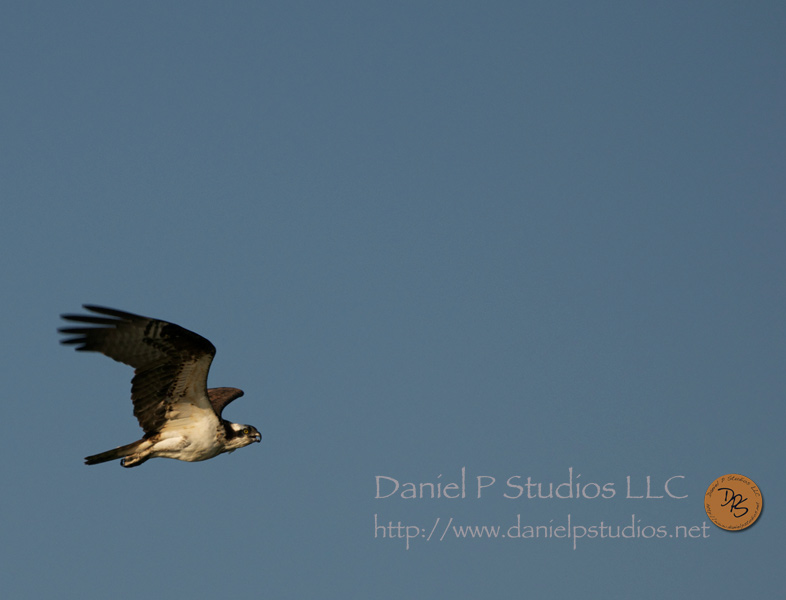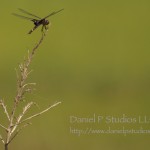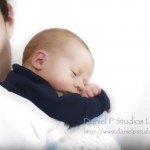Composition a Matter of Thirds

So what is composition? “Composition is the art of planning or arranging the visual elements within a photograph for deliberate effect.”[1] It can make a photograph more appealing, powerful, help it tell a story or make it unbalanced and unappealing. Composition covers a wide range of elements such as light, shadows, line, shape, texture, color and patterns. These elements when arranged, or composed, will yield a result that is balanced and appealing.
Click on the thumbnails to see the full images….
You already use composition probably unconsciously, each time you look through the view finder. The tricks and guidelines of composition will aide you in producing consistent results and help you improve the more you practice them and experiment. Let’s discuss some basic rules.
First and foremost you need to decide if your subject will look best horizontally framed or vertically framed. People often call vertical shots portrait format and the horizontal shots landscape because way back when this is how each was traditionally shot. Photography like all things is sometimes best when you take the path less travelled. Tall landscapes (landscapes shot vertically) can be quite appealing and provide a sense of height; you can also include more in your foreground by shooting vertically, so break the rules and play.
Lead-in Lines
Lead-in-lines are lines or sweeping curves that you can position to lead from the edges of your frame into the main subject or focal point. They will direct attention onto your subject. They can be straight lines or even clouds and water etc… Again play and explore.
Rule-of-Thirds
If your camera has a LCD viewer there is a function that places a tic-tac-toe grid across it and conveniently the lines form thirds vertically and horizontally. GREAT so what are they for? These guides can help you to position your subject off center in a pleasing manner. If you place your subject dead center it could be boring or static, same goes for the horizon. If however you position your main subject in the upper right tic-tac-toe box and your horizon slopes down through the middle third you can have an interesting image that lead the eye in a pleasing ans easy manner.
Framing the image
This is anything you have in the area that allows you to edge or “frame” your subject. You can use a tree to frame one side of your subject and use a nearby building to frame the other side and so on. It is an element that is used to naturally frame your focal point. It can be branches that have a clear area in them and you position your subject in that open area. It keeps the attention squarely on your subject and the eye is drawn and held there.
When you place something in the foreground of your picture it acts as a lead in to the focal point of your image. It creates a sense of scale with which to compare the size of the object closest to them and the one farthest away. This is very effective when you want to evoke a sense of space.
So there are some basic rules, play around with them, break them and experiment and find what style suits you. Remember art and photography are very subjective, there are rules and then there are rules that are meant to be broken. See what works and until the next time Happy Snapping!
[1]The complete Camera Course
By The Makers of Practical Photography



